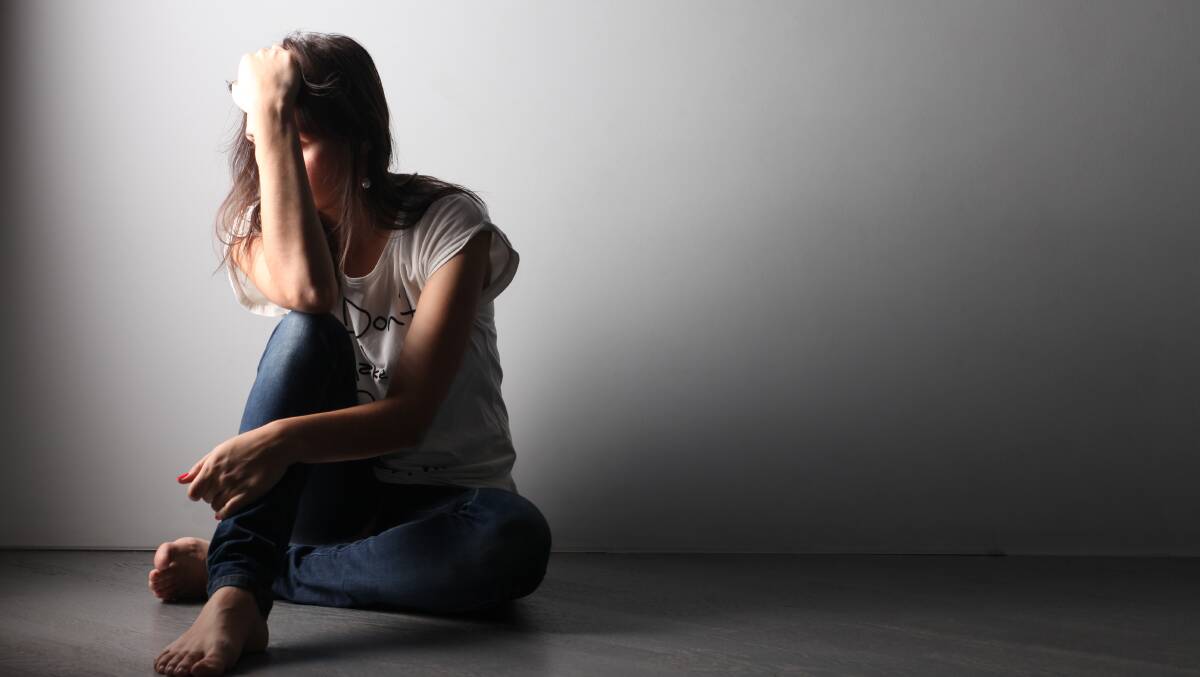
More than three-in-five Australians are experiencing anxiety due to COVID-19, however many Australians have decreased their social-distancing efforts, according to a new study from the Australian National University.
Subscribe now for unlimited access.
or signup to continue reading
The study, conducted by the ANU Centre for Social Research and Methods, is the first longitudinal study that compares COVID-19's impact on Victorians with the effects felt by other Australians.
The prevalence of anxiety among Australians increased from 57.3 per cent in May to 62.6 per cent in August.
Loneliness rose between May and August, from 35.7 per cent to 40.5 per cent.
Professor Michael Grey said the study also found there had been a significant decline in physical distancing between August and April.
"Declines were greatest outside of Victoria. But even in that state, there have been fewer people following the requirements since April," Professor Grey said
In August, 72.2 per cent of Australians reported they had mostly avoided crowded places that month.
This was a stark drop compared to 94.3 per cent of respondents who avoided crowded places in April.
In April, 85.5 per cent of Australians said they always or mostly avoided public places, but this dropped to 55.8 per cent in August.
According to Professor Nicholas Biddle, one of the co-authors of the study, respondents who have increased anxiety about COVID-19, and respondents who are undertaking less physical distancing, are not necessarily the same people.
"Essentially it's people who are more relaxed about being infected who might be a little bit less likely to maintain physical-distancing behaviour that is still recommended," he said.
There are two main anxieties that Australians face: fear of the virus itself, and concern about the economic consequences of COVID-19.
Victorians reported particularly high rates of anxiety, jumping from 58.9 per cent in May to 68.1 percent in August as the state was ravaged by its second wave.
"In terms of general worry about COVID-19, there tends to be higher rates among females relative to males," Professor Biddle said.
COVID-19 anxiety rose for women from 60.9 per cent prevalence in May to 68.3 per cent in August, but it wasn't just the virus that had women worried.
"For economic measures, and the probability of losing a job again, it's females who are most worried," Professor Biddle said.
There were slightly higher concerns about losing a job among older Australians, who may not be able to reskill if they loose their jobs.
Meanwhile, Indigenous Australians, and people who have completed year 12 but do not have any tertiary qualifications, are particularly concerned about losing their jobs.
Life satisfaction also fell, with an overall decline from 6.96 out of 10 in May to 6.85 out of 10 in August.
For Victorians the decrease in life satisfaction was dramatic, dropping from 6.78 out of 10 in May to 6.08 out of 10 in August.
BY THE NUMBERS:
- 40.5 per cent of Australians said they felt lonely
- Life satisfaction declined from 6.96 out of 10 in May to 6.85 in August
- Women are particularly anxious about the virus and the economic downturn
- Outcomes for anxiety and life satisfaction are worse in Victoria


